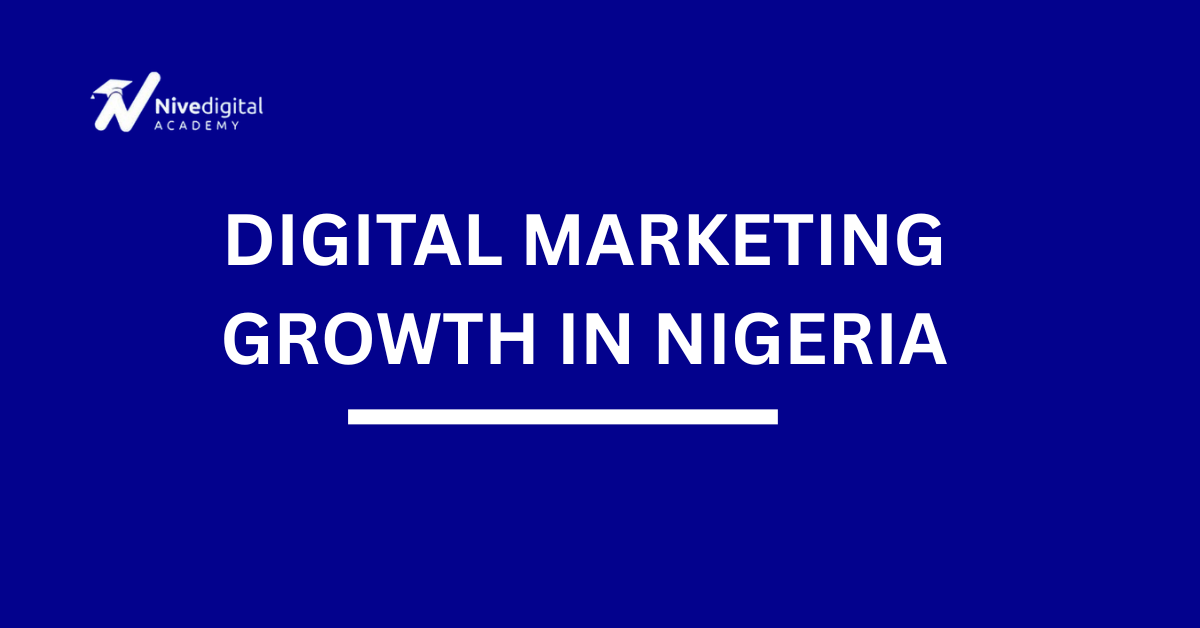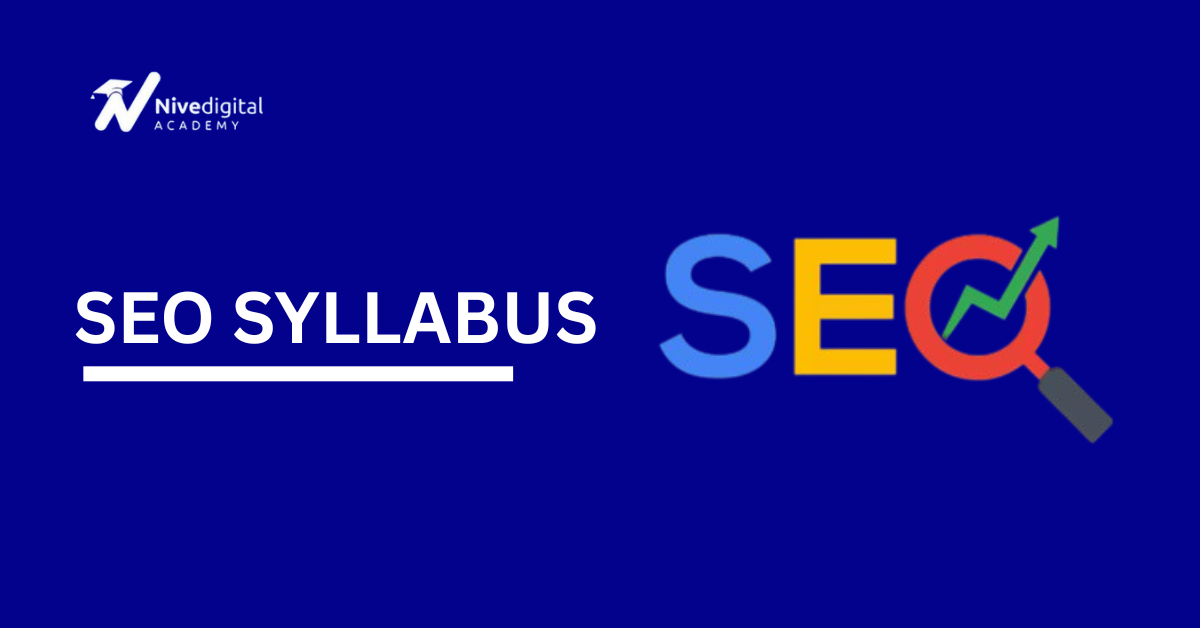10 Highest-Paying IT Jobs and Tech Careers in Nigeria for 2026 and the Future
Technology has become one of the biggest sources of high-paying jobs in Nigeria. Many young Nigerians are now switching from traditional jobs to tech because it offers better pay, flexibility, and global opportunities. The good news is that you do not need to be a computer genius to start. With the right skills and proper training, anyone can build a successful tech career in Nigeria. At NiveDigital Academy, we equip students with job-ready skills in SEO and Digital Marketing, helping them build profitable online careers and scale real businesses. Meanwhile, NiveDigital Tech School focuses on the technical side of IT, offering expert-led training in Data Analysis, Cybersecurity, and Full Stack Web Development. Together, both arms of NiveDigital empower Nigerians to thrive in today’s fast-growing digital economy, both locally and globally. Before we look at the highest-paying IT jobs, let’s first understand what makes a job in tech high-paying and what you should expect as a professional in the industry. What Are the Best-Paying IT Jobs in Nigeria? High-paying IT jobs are roles that involve solving important digital problems for companies, using technology, data, or software. These jobs require specialized skills that not everyone has, which is why companies are ready to pay well for them. For example, a data analyst helps businesses understand numbers and trends, a web developer builds the websites people use every day, and a cybersecurity expert protects companies from hackers. What makes these jobs attractive is that they can be done remotely, and your skills are needed worldwide. Whether you live in Lagos, Abuja, or Ibadan, you can work for Nigerian or foreign companies and earn in naira or dollars. Why Some IT Jobs Pay So Well The main reason tech jobs pay high salaries is skill scarcity. There are many people looking for jobs, but very few have the right digital skills. Every business is going online, and they all need professionals who can manage websites, handle digital marketing, analyze data, and build secure systems. Also, companies are willing to pay more because IT professionals directly help them make more money, save time, and stay ahead of competitors. Other factors that influence pay include: Top High-Paying IT Jobs in Nigeria (2025) Let’s look at the most rewarding IT careers in Nigeria today and why you should consider them if you want to earn well and build a global career. 1. Full Stack Web Developer A Full Stack Developer is someone who can build both the front and back parts of a website or web app. In simple terms, they can design what users see and also manage what happens behind the scenes. Role of a Full Stack Web Developer in NigeriaFull Stack Developers create and maintain websites and online platforms for companies, schools, and startups. They handle both website design and programming. Why Full Stack Developers Are in High DemandBusinesses are moving online fast, and they all need functional, beautiful websites. Because Full Stack Developers can handle multiple parts of development, they save companies the cost of hiring two or three people. Average Salary of Full Stack Developers in NigeriaEntry-level developers can earn between ₦200,000 and ₦400,000 monthly, while experienced developers who handle larger projects or work for foreign clients earn between ₦700,000 and ₦1.5 million or more. How to Learn Full Stack Development in NigeriaAt NiveDigital Tech School, we train students to become professional full stack developers using tools like HTML, CSS, JavaScript, React, Node.js, and databases. We focus on practical, real-world projects, so by the end of your training, you can confidently build and deploy full websites. 2. Data Scientist A Data Scientist is like a modern-day researcher who uses data to make smart business decisions. They combine statistics, programming, and machine learning to find useful patterns in large sets of data. Why Data Science Is a Lucrative IT Career in NigeriaAs Nigerian businesses become more data-driven, data scientists are needed to help companies understand customer behavior, improve marketing, and predict future trends. Since very few people can do this effectively, they are paid very well. Average Salary of Data Scientists in NigeriaData scientists can earn between ₦300,000 and ₦1 million monthly depending on experience and the type of company they work for. Some remote data scientists earn in dollars. Where to Learn Data Science in NigeriaNiveDigital Tech School offers hands-on Data Analysis and Data Science training where students learn Excel, Power BI, SQL, and Python. Our classes are easy to follow, even for beginners. 3. Cybersecurity Expert A Cybersecurity Expert protects digital systems from attacks and unauthorized access. They monitor computer networks, fix security weaknesses, and respond when there is a cyber threat. Why Cybersecurity Professionals Are Among the Highest PaidWith more Nigerian businesses moving online, hackers are also becoming more active. Companies are now investing heavily in cybersecurity to protect their websites and customer data. Skilled cybersecurity experts are few, so they earn big salaries. Average Cybersecurity Salary in NigeriaCybersecurity experts earn from ₦400,000 to ₦1.2 million monthly, and even more for those who handle international projects or government security systems. How to Learn Cybersecurity in NigeriaYou can start with basic IT and networking knowledge, then learn cybersecurity tools and frameworks. NiveDigital Academy provides guidance on how to start your tech career in areas like data, digital marketing, and full stack development, which are all great foundations for cybersecurity careers. 4. Data Analyst A Data Analyst collects, cleans, and interprets data to help organizations make better decisions. They work closely with marketing, sales, and finance teams to identify patterns that can boost performance. Why Data Analytics Skills Are Highly Valued in NigeriaBusinesses now depend on numbers to make choices. From banks to e-commerce platforms, every company wants someone who can make sense of data. Average Data Analyst Salary in NigeriaEntry-level analysts earn between ₦200,000 and ₦400,000 monthly, while professionals with experience or international projects can earn over ₦700,000 monthly. Best Ways to Learn Data AnalyticsAt NiveDigital Tech School, our Data Analysis training covers Excel, Power BI, and SQL, making it … Read more










![What Is a Dofollow Link? [Examples + Best Practices]](https://nivedigitalacademy.com/wp-content/uploads/2025/02/image-39.png)